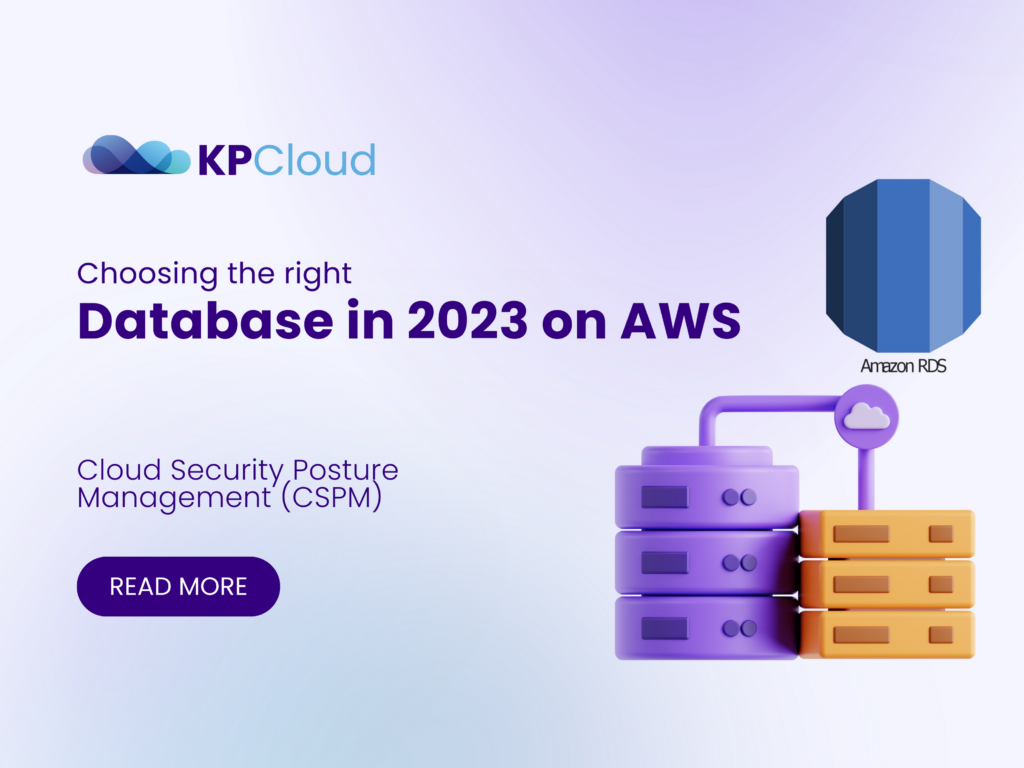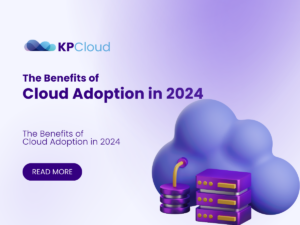Introduction
we embark on a journey to explore the world of databases on AWS and help you make the right choice in 2023. As technology evolves, so do the needs of businesses, and selecting the appropriate database is crucial for success in the cloud. In this blog, we will delve into the realm of relational databases, non-relational databases (NoSQL), and in-memory databases. We will uncover their unique use cases, optimizations, and the AWS services that cater to each type. So, without further ado, let us dive into the world of databases and discover the perfect fit for your organization’s needs.
Relational databases store data with predefined schemas and the relationships between them these databases are designed to support asset transactions to maintain referential integrity and to ensure strong data consistency. They store in tables with column in its data types defined by schemas therefore relational databases work better with structured data. Its data access pattern is usually implemented using SQL. It is ideal for use cases like ERP and CRM business applications and scenarios where higher accuracy for transactional queries such as Financial and Retail transactions. This relation of databases when you were migrating on on-premises relational workload or if your workload has ad hoc query patterns.
Relational Database
- Amazon RDS
- Amazon Aurora
- Amazon Redshift
NoSQL databases, also known as non-relational databases, utilise different data models and storage mechanisms for accessing and managing data. These databases are optimised specifically for applications dealing with large data volumes and requiring predictable latency for each transaction. To achieve this, NoSQL databases relax some of the data consistency restrictions present in other databases. Developers using NoSQL databases often grapple with the CAP theorem, where only two choices can be made among consistency, availability, and partition tolerance. Data in NoSQL databases is stored in a known, flexible, and loosely dependent on schemas, often using internal data structures optimised for specific workloads. Data access patterns heavily rely on these structures, making NoSQL databases ideal for high-traffic web applications, e-commerce systems, content management, fraud detection, social networking, IoT, and search-centric applications. If the application demands predictable latency, handles extreme volumes of concurrent requests, and involves storing unstructured data, then NoSQL databases are well-suited. On the other hand, relational databases are used for applications that require real-time access to data through structured querying.
Non-Relational Database (NoSQL)
- Amazon DynamoDB
- Amazon DocumentDB
- Amazon Keyspaces
- Amazon Neptune
- Amazon Timestream
- Amazon OpenSearch
In-memory databases offer microsecond latency, surpassing the millisecond threshold for demanding applications. Ideal for use cases such as caching, session management, gaming leaderboards, and geospatial applications, in-memory databases are employed when eliminating disk and network I/O from the critical transaction path is paramount. They prove advantageous for offloading transactional databases, ensuring swift and efficient data processing for applications with stringent latency requirements.
In-Memory Database
- Amazon Elasticache
- Amazon Memory-DB for Redis
Let’s check the use cases and optimizations for each database:
| Relational Database | ||
| Database | USE Case | Optimised For |
| Amazon RDS | Simple to set up, operate, and scale databases for the following engines:- MySQL, MariaDB, PostgreSQL -Oracle, SQL Server, Custom | SQL, Standard replication, max 64 TB of storage, max 80K IOPS, manual failover, controlled window backups |
| Amazon Aurora | Simple to set up, operate, and scale databases for the following engines:- MySQL, PostgreSQL | SQL, Global replication, up to 128 TB of storage, +80K iOPS, any point backup |
| Amazon Redshift | Fully managed, petabyte-scale data warehouse service for a simple and cost-effective way to analyse all your data using your existing Bl tools | Columnar storage, from a few terabytes to petabytes scale, Bl integration, queries with MPP, result caching |
| Non-Relational Database (NoSQL) | ||
| Database | USE Case | Optimised For |
| Amazon DynamoDB | Fully managed, serverless, key-value and document database designed to run high-performance applications at any scale | Key-value data, global horizontal scale, 99.999% availability, O(1) retrieval time |
| Amazon DocumentDB | Native JSON document database compatible with MongoDB that makes it easy and cost effective to operate critical document workloads | Semi structured data as JSON docs, up to 128 TB of storage, up to 15 replica instances, encryption |
| Amazon Keyspaces | Scalable, highly available, and managed database for wide-column store, fully compatible with Apache Cassandra | Wide-column data, heavy reads/writes and high throughput with virtually unlimited storage. |
| Amazon Neptune | Serverless graph database that stores data with highly connected datasets. Allows querying complex graphs with milliseconds of latency | Graph-oriented data, store and navigate billions of relationships, read replicas, global horizontal scale |
| Amazon Timestream | Fast, scalable, and serverless time- series database service to store and analyse trillions of events per day | Time-series data, query data changing over time, decoupled storage, query, and ingestion |
| Amazon OpenSearch | Fully managed service to store and search business and operational data in near real-time | Distributed search engine based on Apache Lucene, sub-second latency, up to 3 PB of storage |
| In-Memory Database | ||
| Database | USE Case | Optimised For |
| Amazon Elasticache | Seamlessly set up, run, and scale in- memory cache in the cloud for the following engines: Redis, Memcached | Caching for your databases, advanced data structures, O(1) retrieval time, 99,99% availability |
| Amazon Memory-DB for Redis | Redis-compatible, in-memory service for ultra-fast performance. Ideal for single-digit read and write latency | Ultra-fast primary database via caching, advanced data structures, O(1) retrieval time, 99,99% availability |
Conclusion:
In conclusion, choosing the right database in 2023 on AWS requires a deep understanding of your organization’s unique requirements and use cases. Relational databases, such as Amazon RDS, Amazon Aurora, and Amazon Redshift, are ideal for structured data and transactional queries, making them suitable for ERP, CRM, and financial applications.
For applications dealing with large data volumes, NoSQL databases like Amazon DynamoDB, Amazon DocumentDB, Amazon Keyspaces, Amazon Neptune, Amazon Timestream, and Amazon OpenSearch provide scalability, flexibility, and optimal performance. They excel in handling high-traffic web applications, IoT, search-centric systems, and more.
When it comes to ultra-fast, low-latency applications, in-memory databases like Amazon ElastiCache and Amazon Memory-DB for Redis are the go-to choices. These databases are perfect for caching, gaming leaderboards, geospatial applications, and scenarios where eliminating disk and network I/O is crucial.
By understanding the unique characteristics and optimizations of each database type, you can make an informed decision that aligns with your organization’s goals and requirements. So, take your time, evaluate your needs, and select the database on AWS that will empower your applications and drive your success in 2023 and beyond.


